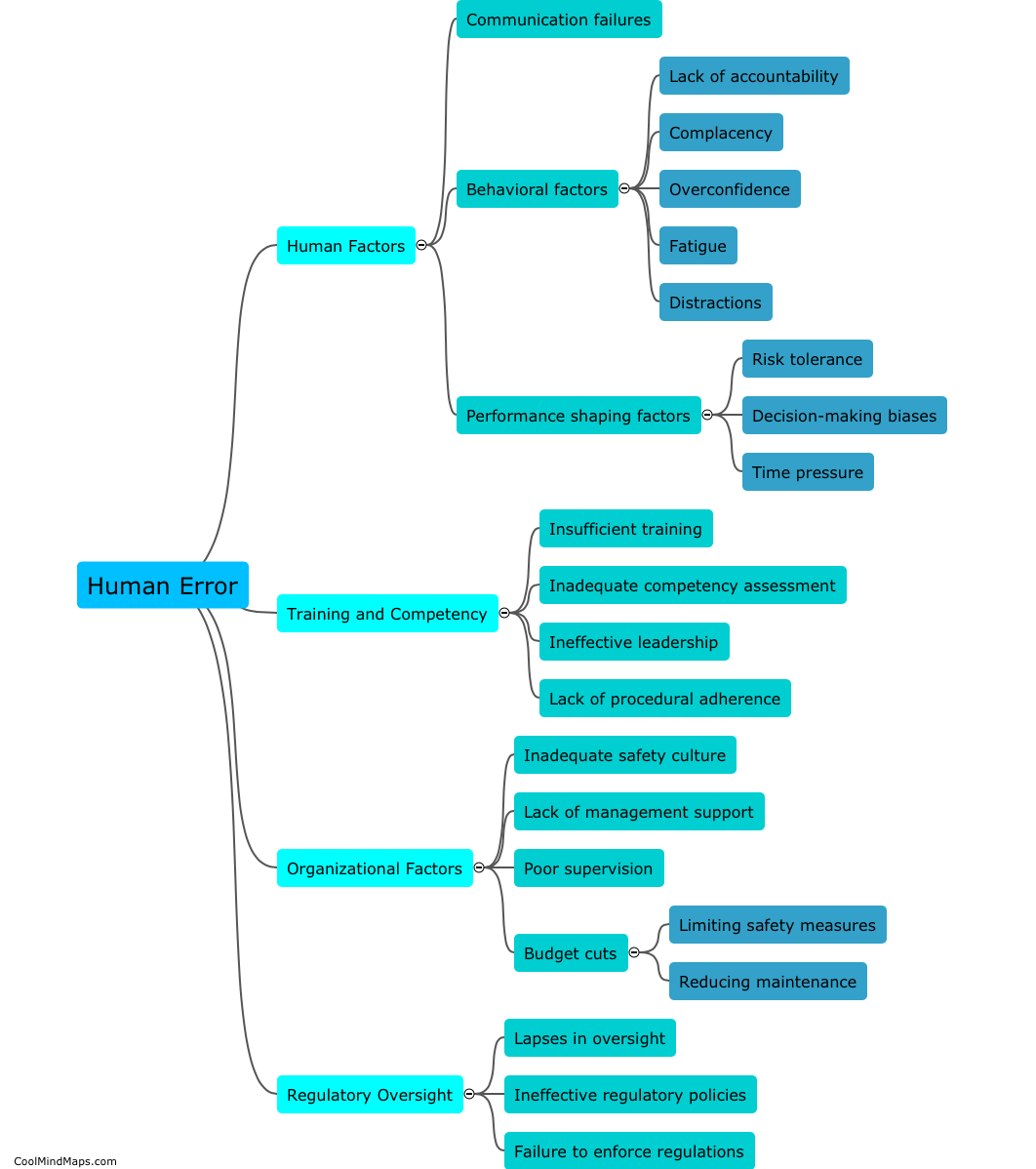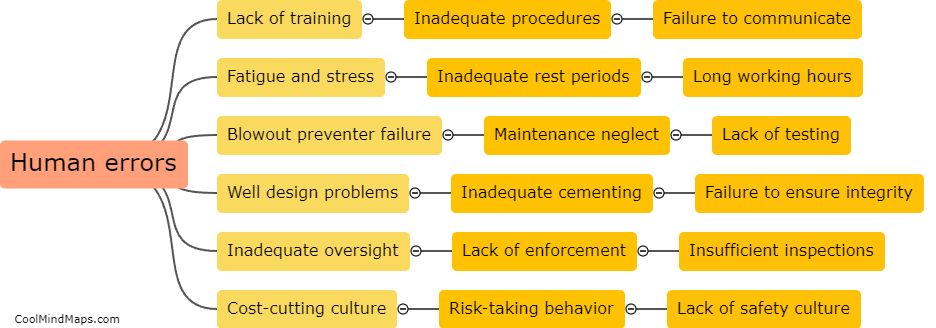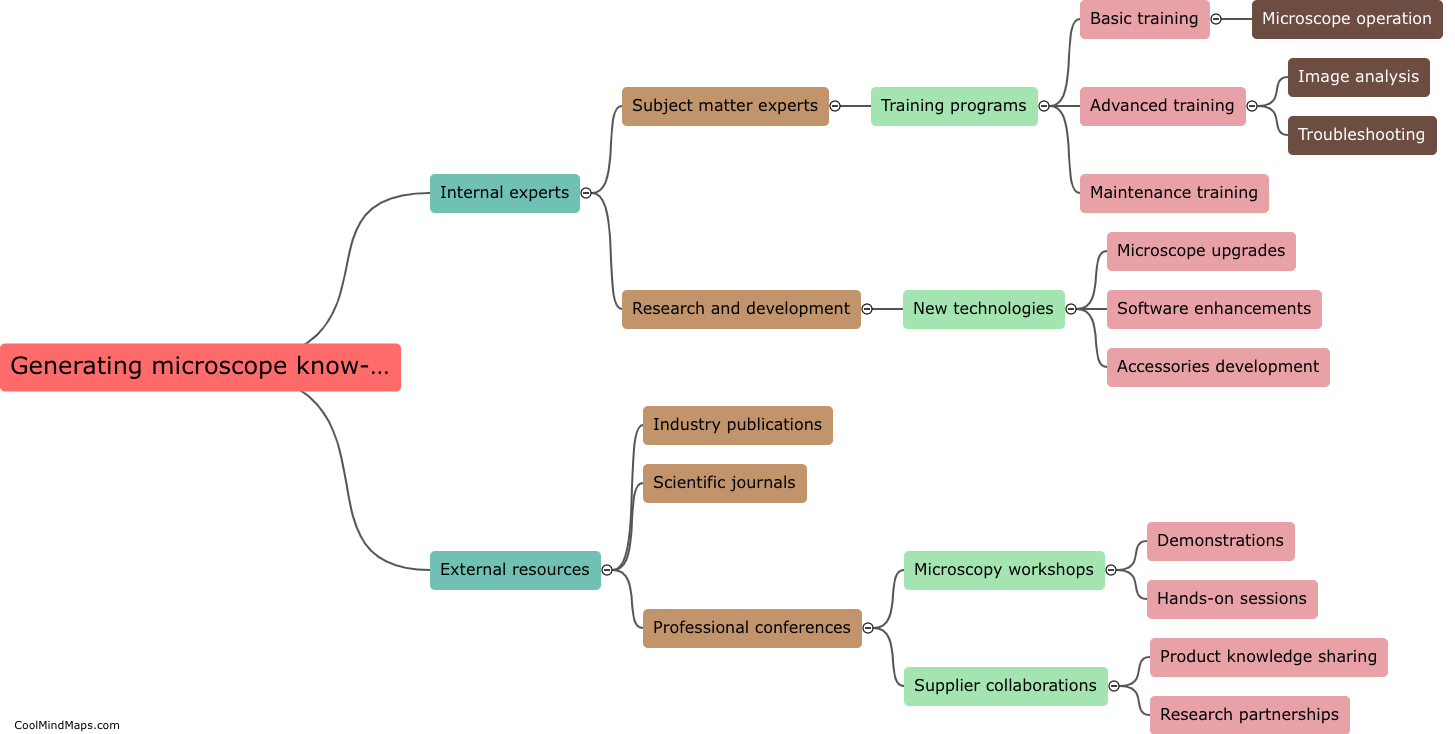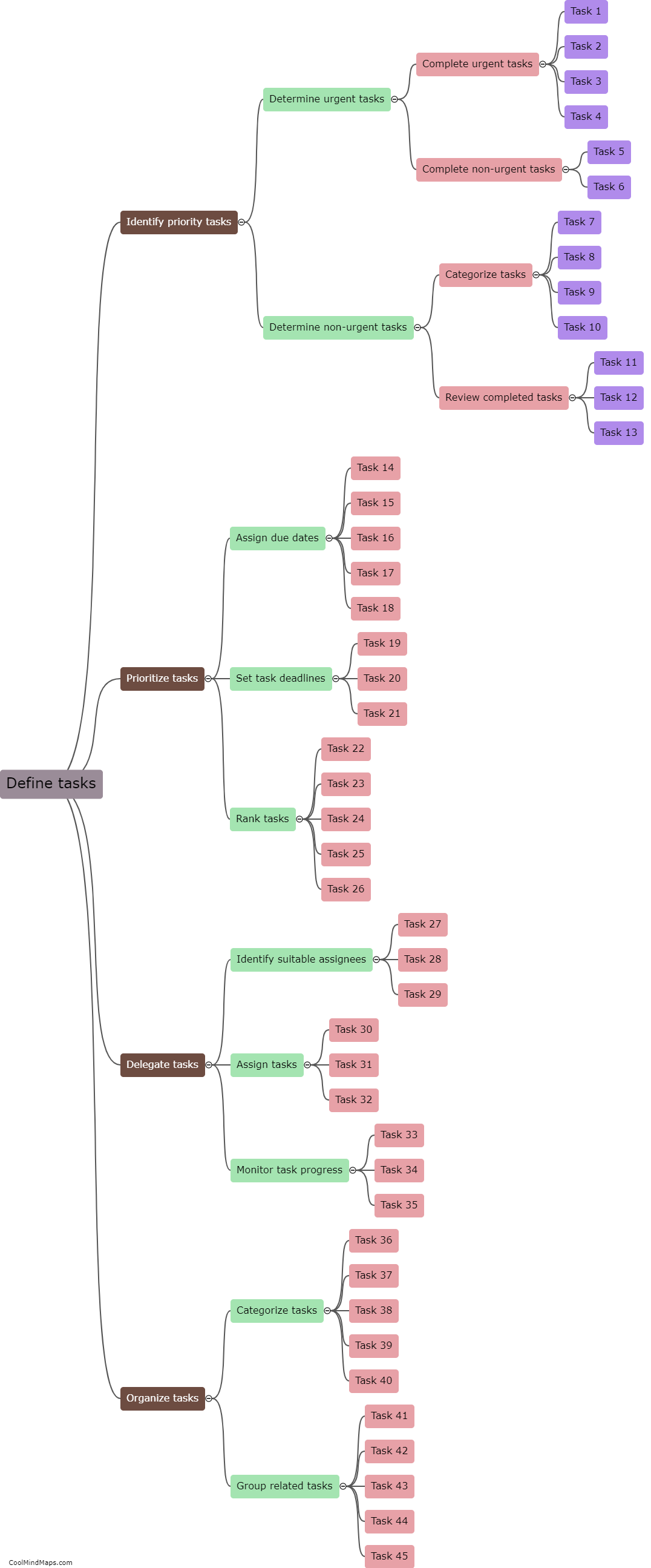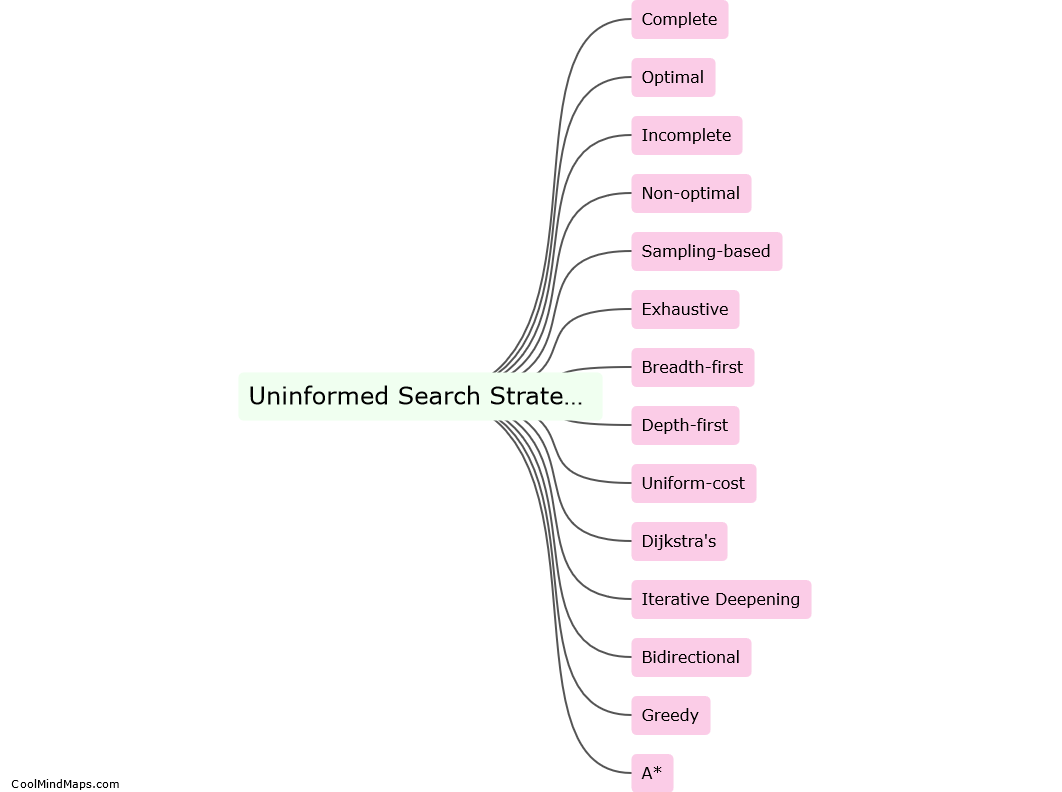What were the key barriers that led to the Deepwater Horizon accident?
The Deepwater Horizon accident, which occurred in 2010, was the result of multiple key barriers. One of the main barriers was insufficient safety measures and a lack of proper risk management. BP, the operator of the rig, had not adequately prepared for a blowout and did not have sufficient safeguards in place. Additionally, there was a failure in communication and coordination between different parties involved, including BP, Transocean (the owner of the rig), and Halliburton (the company responsible for cementing operations). Poor decision-making and a culture that prioritized time and cost over safety also played a significant role in creating barriers that ultimately led to the disaster. Furthermore, regulatory failures and lax oversight from the government were key factors that allowed these barriers to persist. Overall, a combination of these barriers resulted in the Deepwater Horizon accident and the subsequent devastating environmental impact.

This mind map was published on 22 November 2023 and has been viewed 97 times.






